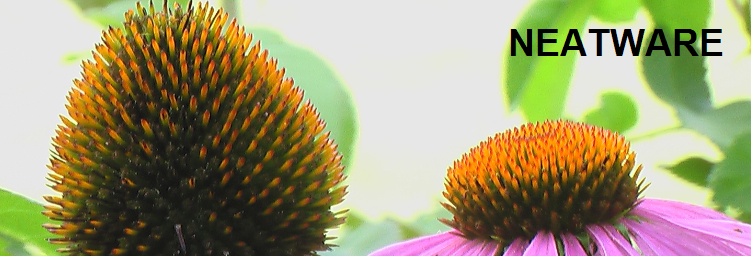|
CGI Output
- Output
CGI program works as a filter. It gets input from client and output the processed result. Usually CGI program outputs a HTML file. It is possible to return binary data or send HTTP status codes. _cgi command is on the header of HTTP of a CGI program. The simplest header is 'Content-type: text/html'. It specifies that the output has a HTML format. The 'Content-length' header specifies the length (in bytes) of a binary data. 'Expires' header specifies the expire date and time of a document for reloading.
In addition, 'Status' specifies the status of a request. It includes three-digit numerical status code. Usually, value 200 indicates success; 204 is no response; 301 means document moved; 400 has a bad request; 401 is unauthorized; 403 is forbidden; 404 represents not found; 500 has internal server error; 501 means not implemented, and so on.
The rarely used 'Location' header specifies the server redirection; 'Pragma' header controls document cache; and 'Refresh' header lets client reload document. Finally, 'Set-Cookie' header stores a tag data on the client for tracing. The 'Location' and 'Status' must be used in a complete header specification.
When a CGI program returns a complete HTTP header, there is no overhead for server. Its output is directly sent to the client. Therefore, server can not intercept the output errors. In the NCSA server, CGI program must have a file name with nph- prefix for complete header.
#!/usr/local/bin/snaml
_cgi "Content-type: text/html"
_html
_head
_title
_quote "CGI Environment Variables"
title_
head_
_body
# list environment variables
foreach key [array::names ::env] {
_quote "env($key) = $::env($key)"
_br
}
body_
html_
- Example
The status of Neatware web site is:
env(GATEWAY_INTERFACE) = CGI/1.1
env(DOCUMENT_ROOT) = /home/neatware/HTML
env(SERVER_PORT) = 80
env(HTTP_HOST) = www.neatware.com
env(REMOTE_ADDR) = 209.148.144.12
env(HTTP_CONNECTION) = Keep-Alive
env(HTTP_PRAGMA) = no-cache
env(SERVER_NAME) = www.neatware.com
env(SERVER_PROTOCOL) = HTTP/1.0
env(REMOTE_PORT) = 1215
env(REQUEST_METHOD) = GET
env(SERVER_SOFTWARE) = Apache/1.2.6 FrontPage/3.0.4
env(REMOTE_HOST) = 209.148.144.12
env(QUERY_STRING) =
env(HTTP_USER_AGENT) = Mozilla/3.0Gold (Win95; I)
env(PATH) = /usr/local/bin:/usr/bin:/bin
env(SCRIPT_NAME) = /cgi/status.cgi
env(SCRIPT_FILENAME) = /home/neatware/HTML/cgi/status.cgi
env(HTTP_ACCEPT) = image/gif, image/x-xbitmap,
image/jpeg, image/pjpeg, */*
|
Copyright© 2000-2002, Neatware. All Rights Reserved.
|
|

